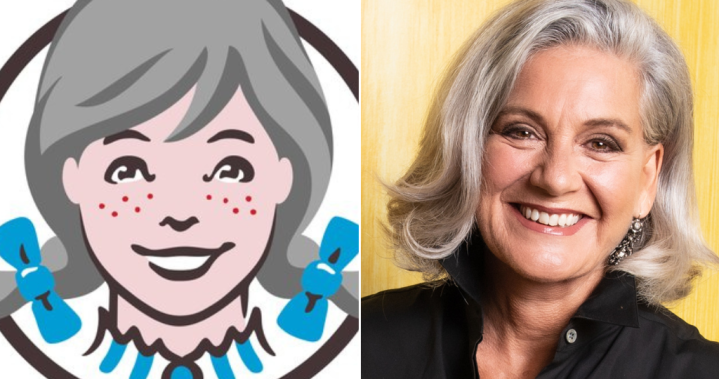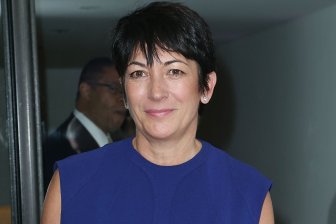Brands could face blowback for Lisa LaFlamme nod, experts warn. Here’s why – National | Globalnews.ca
Marketing experts say brands that have advertised themselves with a nod to CTV National News host Lisa LaFlamme‘s recent dismissal should beware of blowback.
Companies that integrate news moments into their branding run the risk of being seen as opportunistic and should prepare for added scrutiny from customers and employees, when they take a stand on hot button issues, said retail analyst Bruce Winder.
“No one’s perfect, right? Every brand has skeletons in the closet…and this does very much open them up to scrutiny… so you better make sure your house is in order, before you start throwing this out there,” he said.
Read more:
Wendy’s Canada backs Lisa LaFlamme, swaps mascot’s red hair for grey
“There could be some blowback, if there’s anything hidden in the closets as it relates to anything both companies have done, so it’s a real high-risk move.”
Winder’s remarks come after fast-food chain Wendy’s changed the profile photo on its Canadian Twitter account Thursday to its mascot bearing grey hair instead of her usual red locks.
The tweet reads “because a star is a star regardless of hair colour,” using two star emojis, and includes LaFlamme’s name in a hashtag.
Media reports have tied LaFlamme’s ouster from Bell Media to her decision to stop dying her hair during the pandemic.
Earlier this week, Dove Canada alluded to LaFlamme’s dismissal after 35 years with the network in a campaign called Keep the Grey that proclaimed “age is beautiful” and said, “women should be able to do it on their own terms, without any consequences.”
Dove never referenced LaFlamme in its campaign, which donated $100,000 to women’s advocacy organization Catalyst and encouraged others to turn their profile photos to grey-scale.
Neither company immediately responded to a request for comment, nor did Bell Media.
However, Winder felt the Wendy’s campaign was “probably a little shallow.” Dove’s, he said, was “deeper and more serious.”
Read more:
Lisa LaFlamme chose not to bid farewell to viewers before ouster, CTV memo claims
“But still, both brands look a little bit opportunistic, like they’re taking advantage of what’s hot this week and what’s topical this week, and it looks like they’re trying hard,” he said.
Meanwhile, Joanne McNeish felt Wendy’s campaign didn’t make much sense because the brand has never been associated with ageism or grey hair.
“With Wendy’s, it’ll just sink like a stone,” said the associate professor of marketing at Toronto Metropolitan University.
“It doesn’t cost them much to give it a go, but they could have been so much more clever in how they did it.”
However, she noted Dove has long been linked to those topics and has run campaigns on greying hair for 15 years.
“These campaigns work the best when there’s a relationship and a foundation for the work you’re doing and the cause you’re supporting,” she said.
But associating a brand with any buzzy news story has both risks and rewards, she warned.
Companies can easily generate attention for their brands that can translate into sales, when a campaign really resonates with customers, but such ads also open firms up to a new level of examination.
“There is actually a real art form in understanding how to respond to these situations because sometimes these are really wonderful bonus situations where you get a big push in awareness, and maybe some sales, or they can be devastating if you find out something later or there’s another piece of the issue that wasn’t as clear to you,” McNeish said.
Read more:
Lisa LaFlamme removed as CTV National News anchor: ‘I was blindsided’
Companies need look no further than Pepsi to see the risks, Winder added.
The soda giant made a 2017 ad featuring model and “Keeping up with the Kardashians” star Kendall Jenner joining a protest and defusing tensions by handing a police officer a Pepsi.
Many saw the ad as trivializing the Black Lives Matter movement.
“So it’s very high risk,” Winder said. “It may resonate (and be) very popular for certain people, and certain people may see it as opportunistic and a little bit sleazy.”
Companies who take the risk have to be quick and tie themselves to the moment before it’s left the zeitgeist or other brands have beat them to it, McNeish said.
“There’s only room for a few to really get the big reward for being associated… so that’s why you need to be ready to jump on these situations.”
© 2022 The Canadian Press
For all the latest entertainment News Click Here




